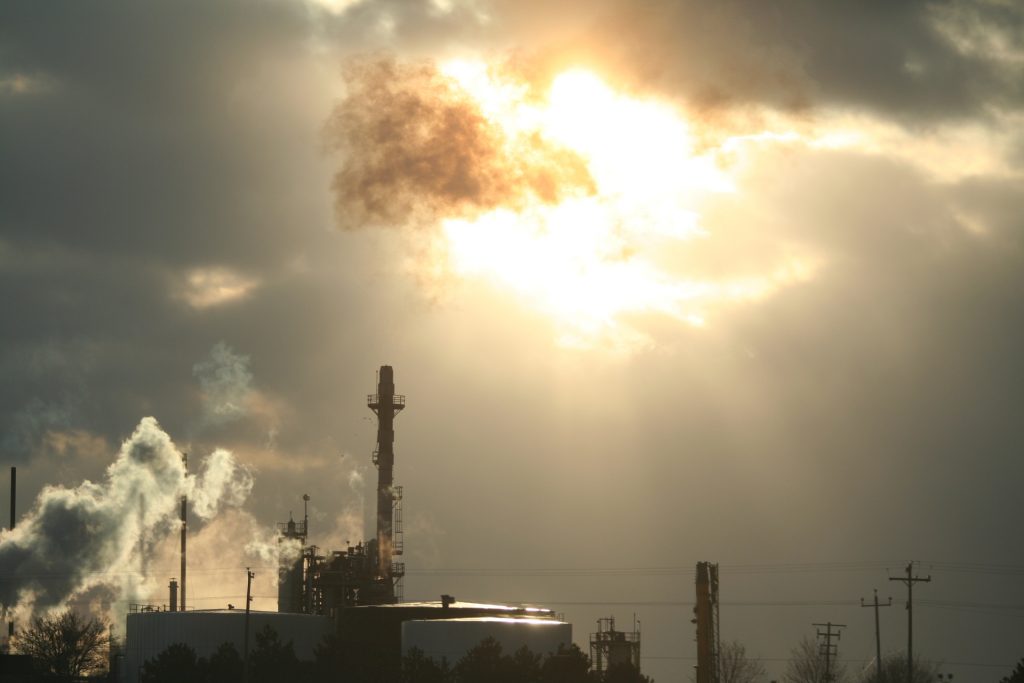
Today’s anthropogenic CO2 rise is more than six times larger and almost ten times faster than previous pulse-like releases to the atmosphere.
This is the conclusion reached by a European research team led by the University of Bern. The study is part of the TiPES project.
A new measurement technology developed at the University of Bern provides unique insights into the climate of the past.
Previous CO2 concentrations in the atmosphere could be reconstructed more accurately than ever before, thanks to high-resolution measurements made on an Antarctic ice core.
The study, which analyzed the Earth’s atmospheric composition between 330,000 and 450,000 years ago, was made possible by the commitment of experts, and their decades of experience, at the University of Bern. The results of the study was published in Science, August 20.
Melting ice disturbed ocean circulation
In 2008, the Bern ice core specialists were able to show that the CO2 concentration in the atmosphere during the last 800,000 years was consistently much lower than today.
Since then, the ice core experts have built upon those findings enabling a much more detailed reconstruction of the 330,000 to 450,000 year time window.
Until now, the maximum speed and frequency of naturally occurring centennial scale jumps in the CO2 concentrationremained unknown.
This study shows that abrupt CO2 rises are a pervasive feature of our climate system and that they can even occur during interglacial periods.
Ten times slower than today
The fact that rapid CO2 jumps could be detected not only during glacial periods but also during two previous interglacial periods surprised the researchers. “We measured these events in the ice several times and always came to the same conclusion,” explains Nehrbass-Ahles, University of Cambridge.
Why the CO2 concentration in the atmosphere suddenly rose during previous interglacial periods cannot be conclusively explained by the researchers.
“We do not know why this happened yet,” explains Bernese climate researcher Thomas Stocker, co-author of the study: “This raises new research questions.”
Unprecedented
However, the CO2 jumps in previous interglacial periods are far exceeded by the current development:
“These natural jumps in the CO2 concentration in the atmosphere happened almost ten times slower than the human-driven increase over the last decade,” Nehrbass-Ahles emphasizes.
The largest jump in the past corresponds to the current CO2 emissions over only six years.
The researchers compared the CO2 jumps of the past with the ongoing human-driven rise of CO2 concentration in the atmosphere.
Need to protect climate
According to Stocker, the largest centennial CO2 jump in the past was around 15 ppm (parts per million is the unit for atmospheric CO2concentration), which is approximately equivalent to the increase caused by human kind over the last of six years.
“This may not seem significant at first glance,” says Stocker, “but in light of the quantities of CO2 that we are still allowed to emit in order to achieve the 1.5°C climate target agreed in Paris, such increases are definitely relevant.”
The findings of this study put us under even greater pressure to protect the climate.


